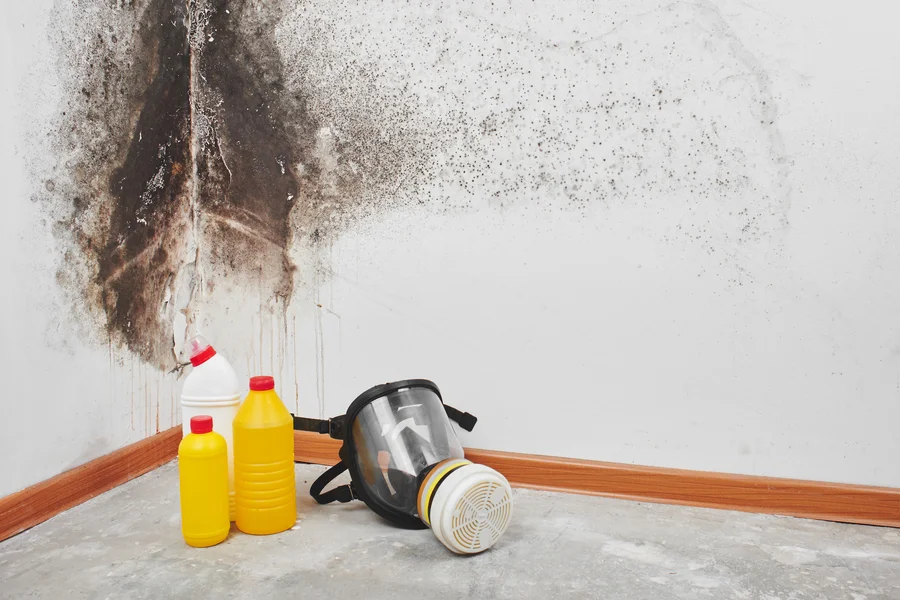A Comprehensive Guide to Ensuring a Mold-Free Home
Mold growth in homes can lead to several issues, including health problems and structural damage. Therefore, a professional mold inspection is crucial for homeowners. Understanding the key steps involved in this process helps you make informed decisions about maintaining a safe environment. This guide covers everything from initial inspections to understanding the various testing methods used by experts.

Recognizing the Signs of Mold Growth
The first step in mold inspection is identifying potential signs of mold growth. Look for discoloration on walls or ceilings, musty odors, and water stains. These indicators often hint at hidden mold problems. Early detection prevents costly repairs and ensures timely intervention.
Consulting With Experts for a Thorough Evaluation
Once you’ve identified potential signs of mold, consulting with professionals is essential. They bring expertise and specialized equipment to identify the extent of mold growth. Professionals conduct assessments that are comprehensive and accurate. Engaging experts early helps avoid unnecessary complications down the line.

Understanding Air Sampling Techniques
During a professional inspection, air sampling plays a crucial role. This technique involves collecting air samples to detect airborne mold spores. The results provide insights into indoor air quality and help tailor appropriate solutions. Testing is essential for accurate mold remediation planning.
Surface Testing for Accurate Mold Detection
Surface testing complements air sampling by identifying mold presence on specific materials within your home. Inspectors use swabs and tapes to collect samples from surfaces like walls and furniture. This method offers concrete evidence of mold contamination levels and informs effective remediation strategies.
The Role of Moisture Meters in Inspections
Moisture meters are vital tools during mold inspections. They measure moisture levels in building materials, helping pinpoint areas prone to mold growth. High moisture readings indicate locations needing attention to prevent future outbreaks. Using moisture meters ensures a thorough inspection process.
Developing an Effective Mold Remediation Plan
After assessing the situation, experts develop a detailed plan for mold removal. This plan typically includes steps for containment, cleaning, and prevention of future growth. A well-structured plan ensures all traces of mold are addressed effectively, restoring safety to your living space.
Monitoring Post-Remediation Success
Once remediation is complete, ongoing monitoring is crucial to ensure success. Professionals perform follow-up tests to confirm the effectiveness of cleaning efforts. Monitoring helps catch any remaining spores before they become problematic again. Regular checks maintain a healthy home environment.
Cost Factors Associated With Professional Inspections
Investing in professional inspections may seem costly initially but saves money in the long run. They prevent extensive damage and ensure effective mold removal. Consider factors like property size and severity of infestation when budgeting for these services. An upfront investment in quality inspection yields significant benefits over time.
Your Path to a Healthier Home Environment
Taking proactive steps towards mold inspection and management secures your home’s integrity and well-being. For expert assistance, call (732) 823-8745. Based in Columbus, NJ, our team at God Expansion Unlimited Cleaning specializes in delivering reliable solutions tailored to your needs.